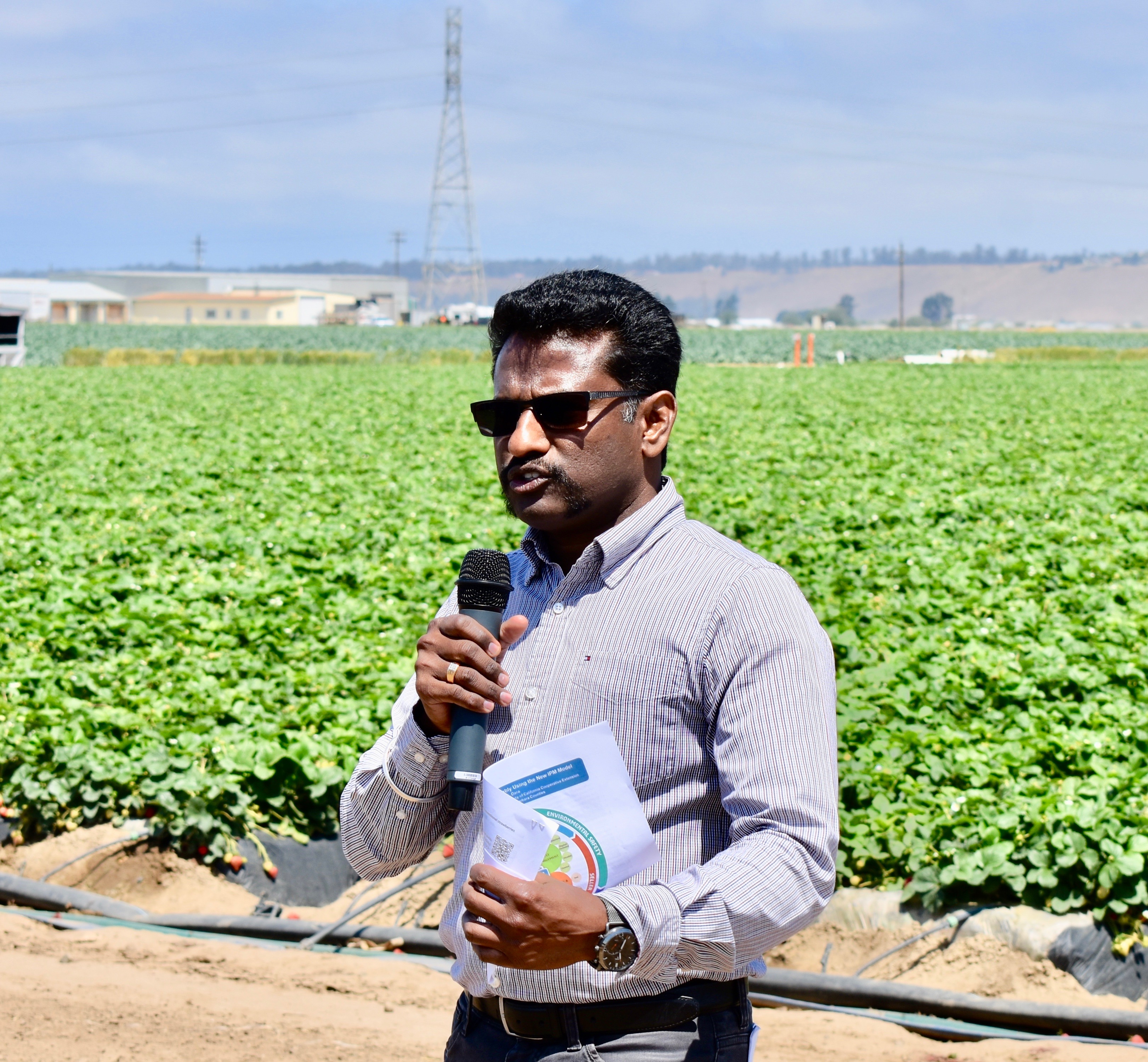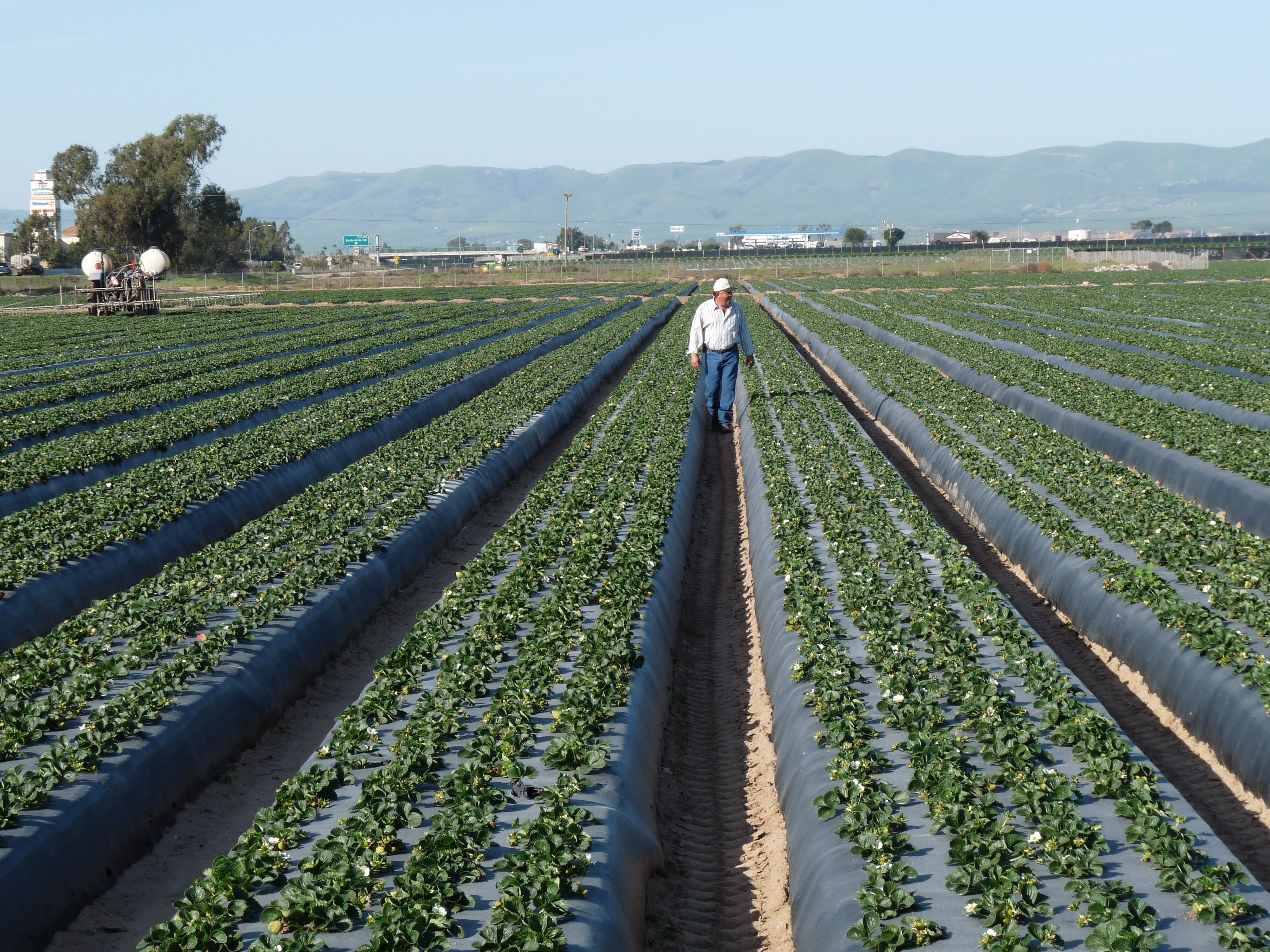California Strawberry Crop Survey is Optimistic
2020 Strawberry Crop Looks Good
By Tim Hammerich with the Ag Information Network of the West
Strawberry acres have been down in recent years, due to a number of factors including labor challenges with handling the delicate fruit. But some good news. Additional planted acres and improved varieties may lead to a record crop this year. This according to the California Strawberry Commission. Here’s Communications Director Carolyn O’Donnell.
“So what we know is that a lot of the newer varieties that are being planted and we’re seeing more acreage planted with newer varieties, they tend to produce more berries per acre. So even with the acreage up and with the newer varieties being planted, we expect that we’ll have some potential for record volume this year,” said O’Donnell.
O’Donnell cautions that this information is coming as a result of grower surveys and a lot could happen between now and harvest time. If the crop yields as expected, it should be met with plenty of demand for the tasty and healthy snack.
We have also funded nutrition research for the past dozen or so years, and the evidence is definitely building that strawberries are good for cardiovascular health, they are good for brain health,” noted O’Donnell. “We’re finding that they do have a lot of great antioxidants that help to combat inflammation, which tends to feed a lot of chronic disease.”
California grows about 90% of all strawberries grown in the United States, and more organic strawberries than the other 49 states combined. Here’s hoping for a fruitful harvest for those growers this























